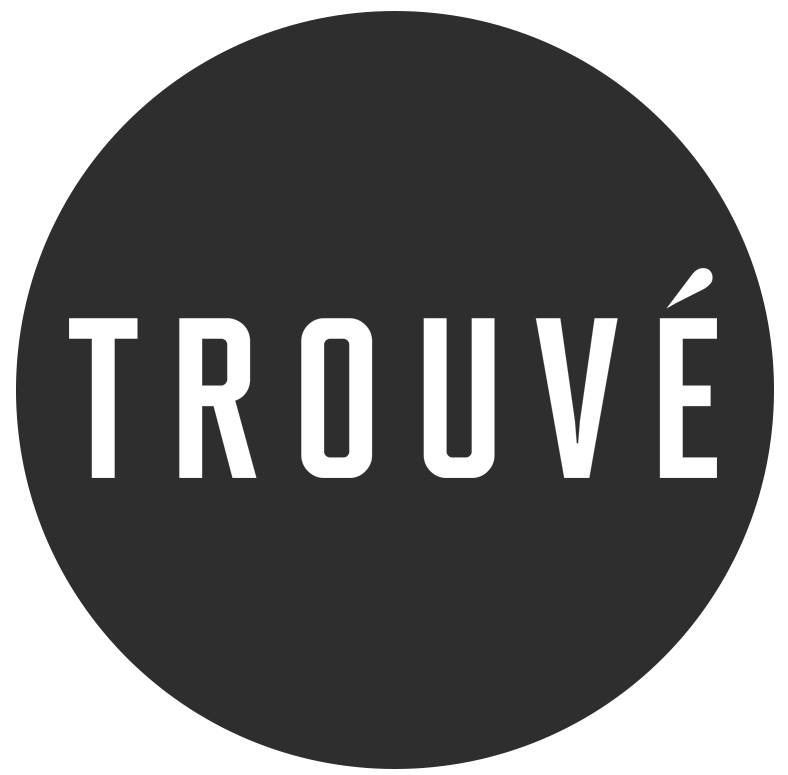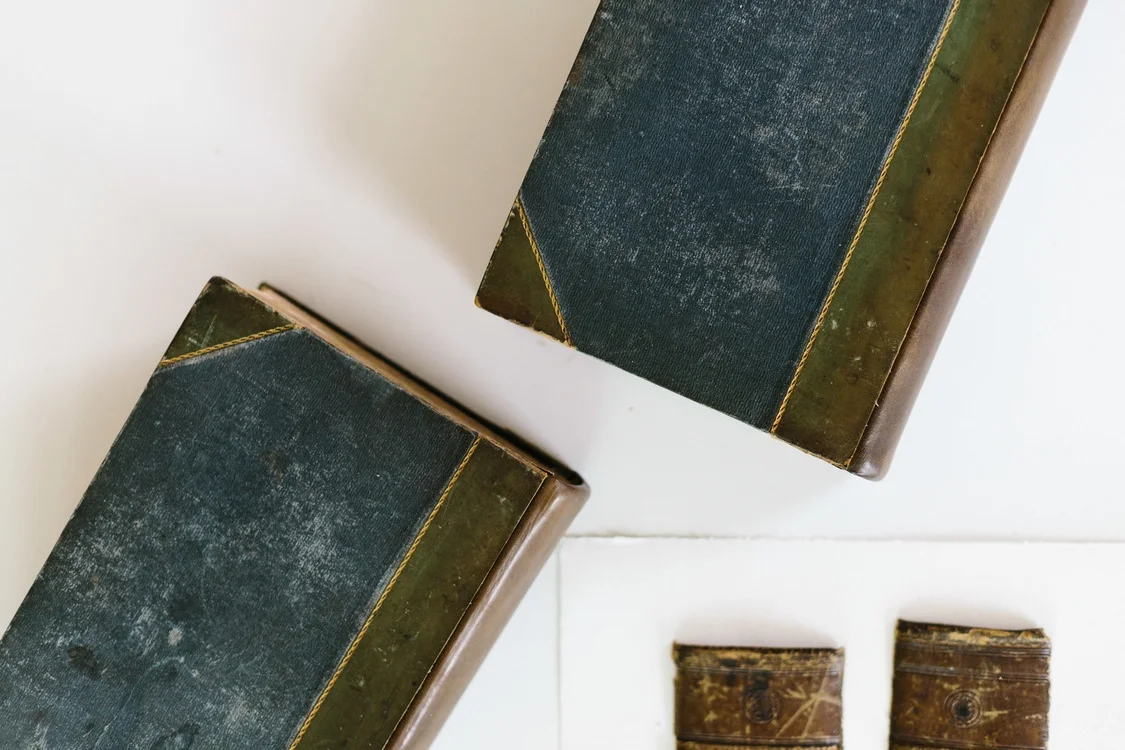Conservation Acts
Words by Nicole DeMarco | Photographs by Marnie Hawson
When considering the creative process it is also important to highlight and to cherish a certain beauty that can only occur through the natural aging process.Karen Vidler specializes in the conservation of leather bookbindings, humbly tackling her craft while respecting the natural aging processes of the materials used in construction.
Karen Vidler is a book conservator and the owner of Book Conservation Services based in Castlemaine, Australia, where she spends her days tinkering away in her workshop. She has a degree in printmaking and art history, and she attended graduate studies in librarianship, fine bookbinding, and book conservation. Karen specializes in the conservation of leather bookbindings, but she’s constantly learning in order to stay abreast of practical skills and the natural aging processes of the materials used in construction. Just like the restoration and conservation process, each day at work is different. “Within the same day I can be creating a whole new book for a client or carefully conserving the binding structure and text block of another book,” Karen says.
Karen first heard about her future profession while assisting with a Book Dusting Program at the Baillieu Library of the University of Melbourne in 1993. She was carefully removing a leather bound volume of a Walter Scott Waverly novel from the shelf, when the front board slid off the face of the book entirely and dropped haphazardly onto the floor. This sparked a conversation about what happens to the damaged books and about the shortage of book conservationists in Australia. It was this very conversation that led Karen down the path of book conservation, a path which took her to the United Kingdom as no such training program exists in her native Australia.
Twenty years have passed, but Karen’s initial process has not aged a bit. “The conservation of any book begins with the examination of the book to determine both the structure and materials of the book and causes of deterioration to any components,” she explains. Based on the results, a conservation proposal is developed, which can range from a simple stabilization tactic like a leather treatment, to disbanding a book entirely, washing and resizing the text pages and returning as much as possible of the original binding to the book. Each step requires patience and a steady hand, as the books are often very old and fragile.
Karen believes she has grown more patient with the books over the years, better understanding what they want and need. In a way, she says that the books have also grown patient. “These books in particular have been waiting for someone to assist in slowing or reversing some of their aging processes,” Karen says. “In recent years I have found them as friends that have been patiently waiting for someone like me to help them.”









